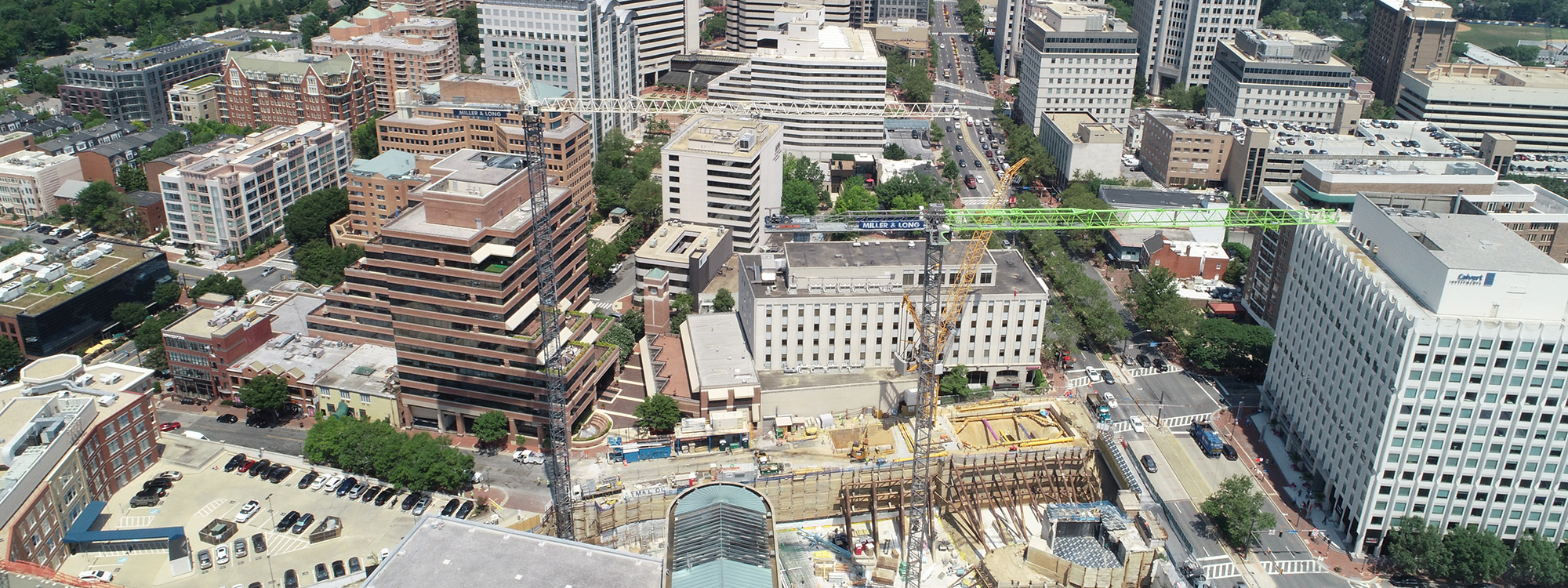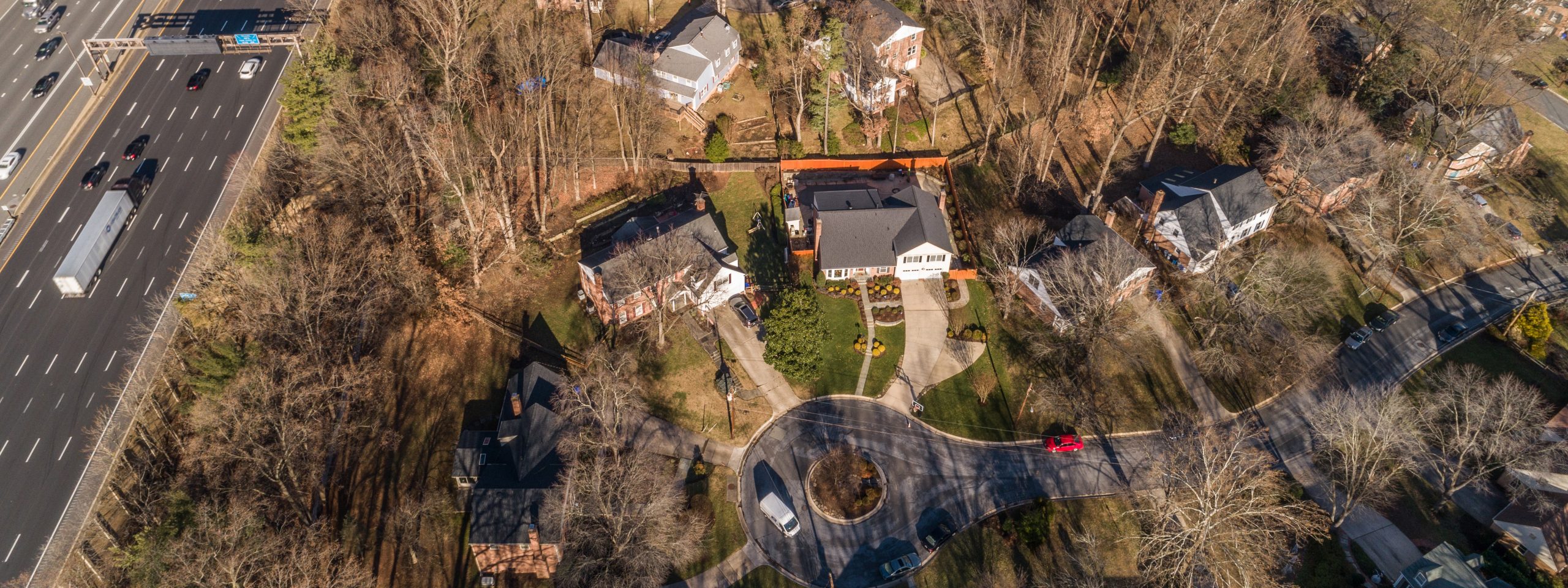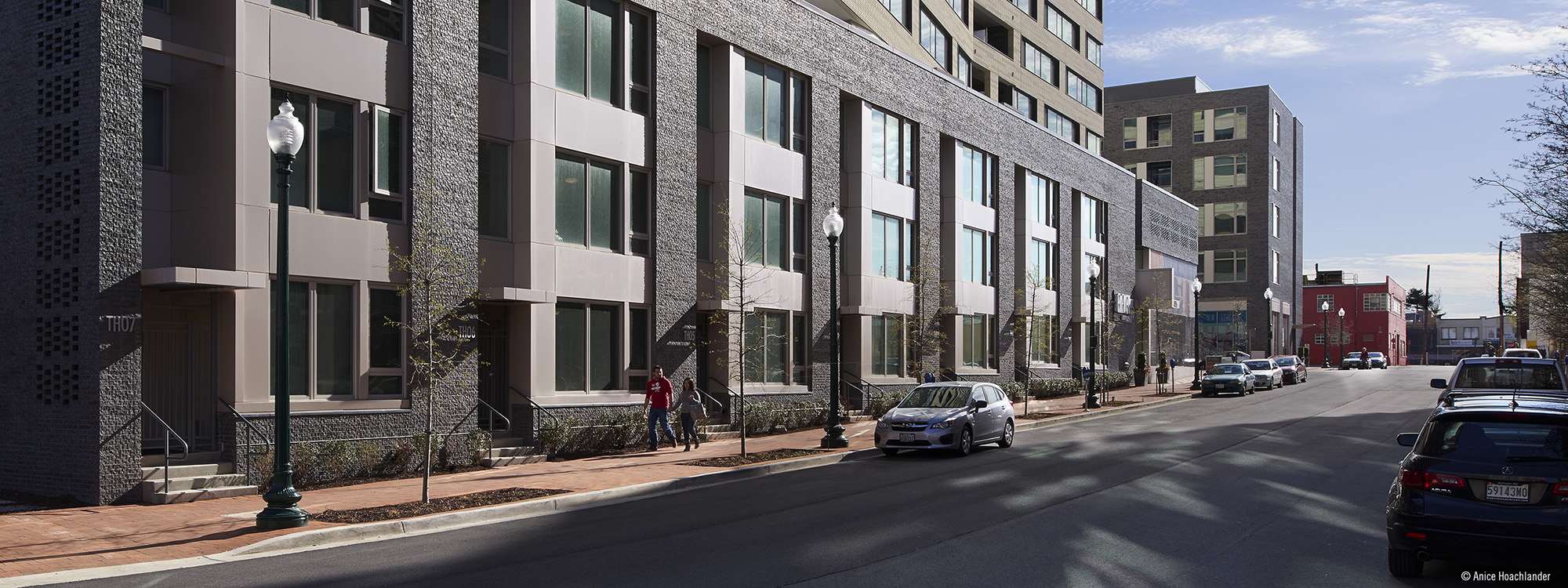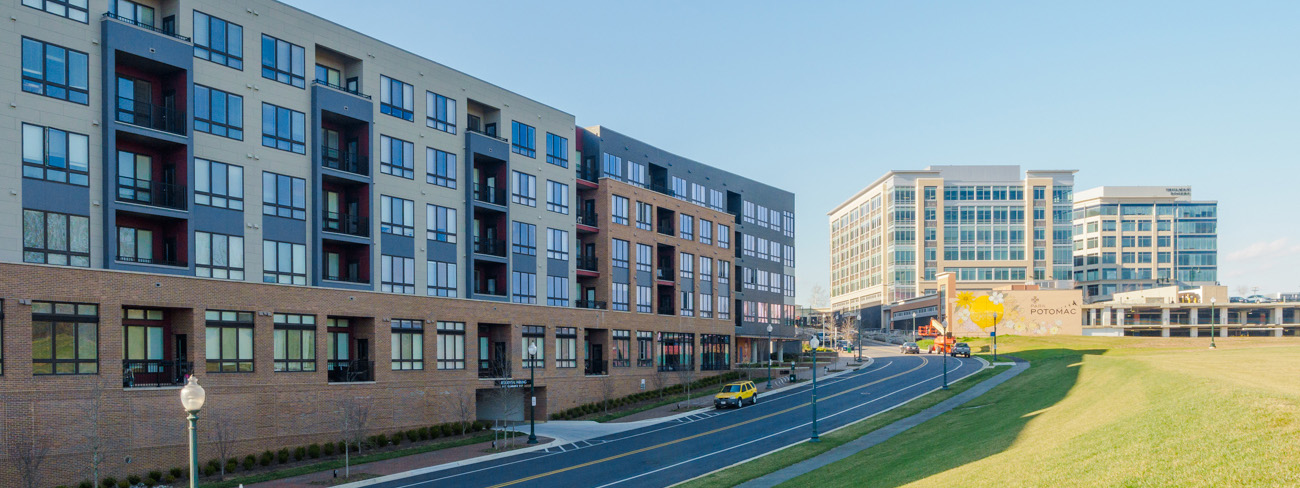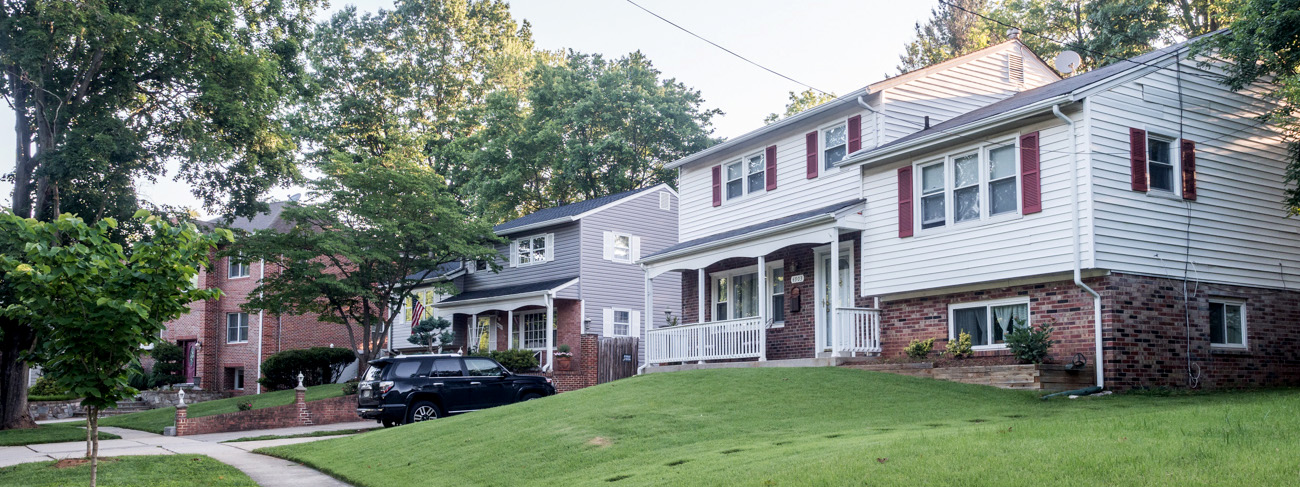With only 15 percent of land available for development or redevelopment in Montgomery County, MD, the county needs to consider the most optimal ways to meet the needs of a growing population. Housing, especially affordable housing, will continue to be a priority of the county, but the creation of housing also requires infrastructure and services like schools, parks, and commercial retail. This need to balance competing priorities is especially critical as Montgomery Planning identifies the county’s needs over the next 30 years and strategies to meet them in the upcoming General Plan, Thrive Montgomery 2050. To help inform our recommendations, the Montgomery County Planning Department conducted a Residential Development Capacity Analysis (RDCA).
The RDCA is an estimate of the total potential residential development that exists within Montgomery County. This estimate was created using assumptions and constraints such as applicable market trends, zoning rules and existing policy decisions. Municipalities that govern their own zoning were not included in this estimate (City of Rockville and the City of Gaithersburg).
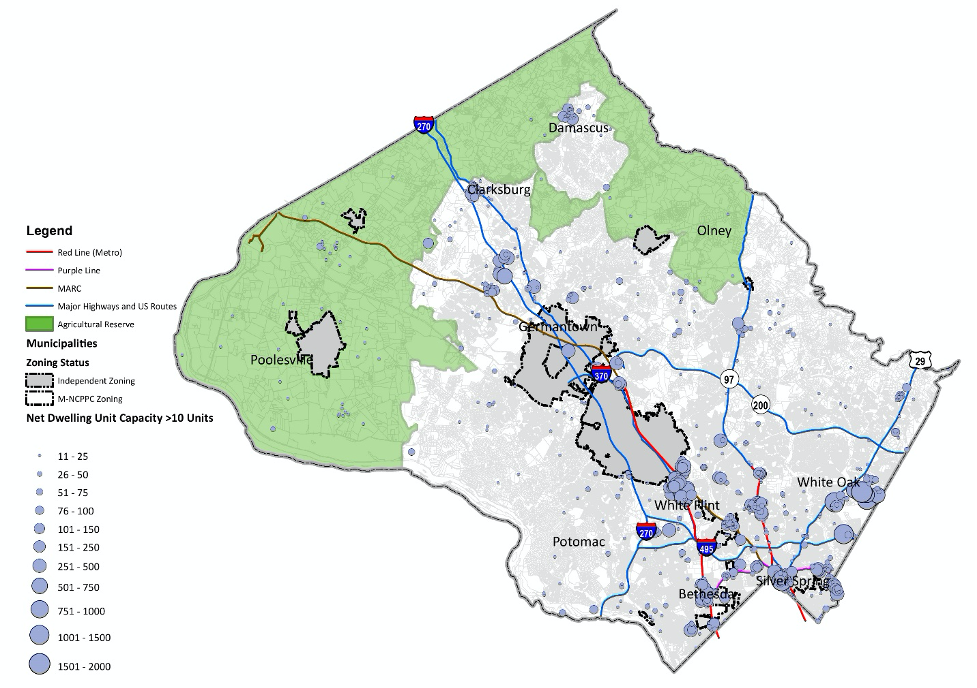
Uses and Limitations of the RDCA
The analysis and results of the RDCA are meant to provide an estimate of the available residential development options that can accommodate future population growth demands. While this analysis provides an estimate of the number of dwelling units permitted to be built under existing zoning capacity, it is only meant to be advisory for the purposes of informing the recommendations in Thrive Montgomery 2050.
The RDCA is not meant to speak to an individual parcel or property’s ability or likelihood to develop or redevelop. Zoning rules, which helped to inform the RDCA, do not guarantee future residential development and are subject to a variety of factors that can affect the number of units built. To the extent possible, the RDCA tries to incorporate relevant factors to estimate likely capacity with the recognition that each parcel has unique physical and market conditions that will greatly influence capacity.
You can review our RDCA findings by reading the full report. You can also interact with this data and look up specific locations for potential residential development through this web map.
Top 5 Takeaways from Residential Development Capacity Analysis (RDCA)
- Montgomery County has the capacity for over 65,000 new dwelling units[1]. Most of this capacity is concentrated near transit, and along the original corridor, the I-270 corridor. The greatest volume of capacity is on sites zoned for high density housing in the Commercial Residential (CR) family of zones, which represent less than 5 percent of the county’s total land area.
- Most residential development capacity is tied up on small sites, meaning sites with fewer than five acres, highlighting Montgomery County’s continued development pattern shifting from greenfield development and toward infill development and compact form.
- Montgomery County has a diminished availability of developable land, with the land available for development (or redevelopment) representing only 15 percent of the county’s land.
- Rather than extend sprawl through the extension of low-density residential development in the Agriculture Reserve, RDCA findings demonstrate that the county can prioritize agriculture and rural open space and also build more housing by reevaluating previously made policy decisions, such as the preservation of single-family zoning near transit-proximate, single-family neighborhoods.
- There are many barriers to building housing, including assembling land, building on complex sites, the increased development costs on infill sites and neighborhood opposition. These variables are unable to be fully quantified but are important to consider when discussing future capacity. These barriers will be more pronounced in the future as the county continues to build out.
[1] Zoning capacity was not measured for municipalities with their own zoning authority.
Frequently asked questions
The policy implications of the RDCA are intertwined with the recommendations of Thrive Montgomery 2050. The recommendations of Thrive Montgomery 2050 were formed under the findings of the RDCA – that Montgomery County is a county of diminishing land where our future will be dominated by infill development on smaller, more complicated and constrained sites. The results of the RDCA also set the stage for the future development context of the county, where only 15 percent of the land is available for development, but the available capacity exceeds 65,000 units. The decline in the availability of developable land will further reinforce the county’s need to carefully balance priorities in the future. Housing, especially affordable housing, continues to be a priority of the county, but the creation of housing also requires infrastructure and services like schools, parks, and commercial retail.
Even with a capacity for over 65,000 units, most of the county’s residential development capacity is tied up in small properties of land zoned for high density (i.e. mid-to-high rise multifamily buildings) where the land values make it impossible to build anything but high-density housing. Single-family zones near high-capacity transit represent an opportunity for an introduction of new housing types below high density. Gentle density housing types, like duplexes, triplexes, or quadplexes, can provide new options for existing and new residents to find homes at the right size and price point for their needs on smaller sites and help Montgomery County grow its housing supply.
Learn more about “Missing Middle” housing and ongoing Montgomery Planning “Missing Middle” housing initiatives on our “Missing Middle” Housing webpage.
Staff Contact
Lisa Govoni, Housing Planner
Lisa.Govoni@montgomeryplanning.org
